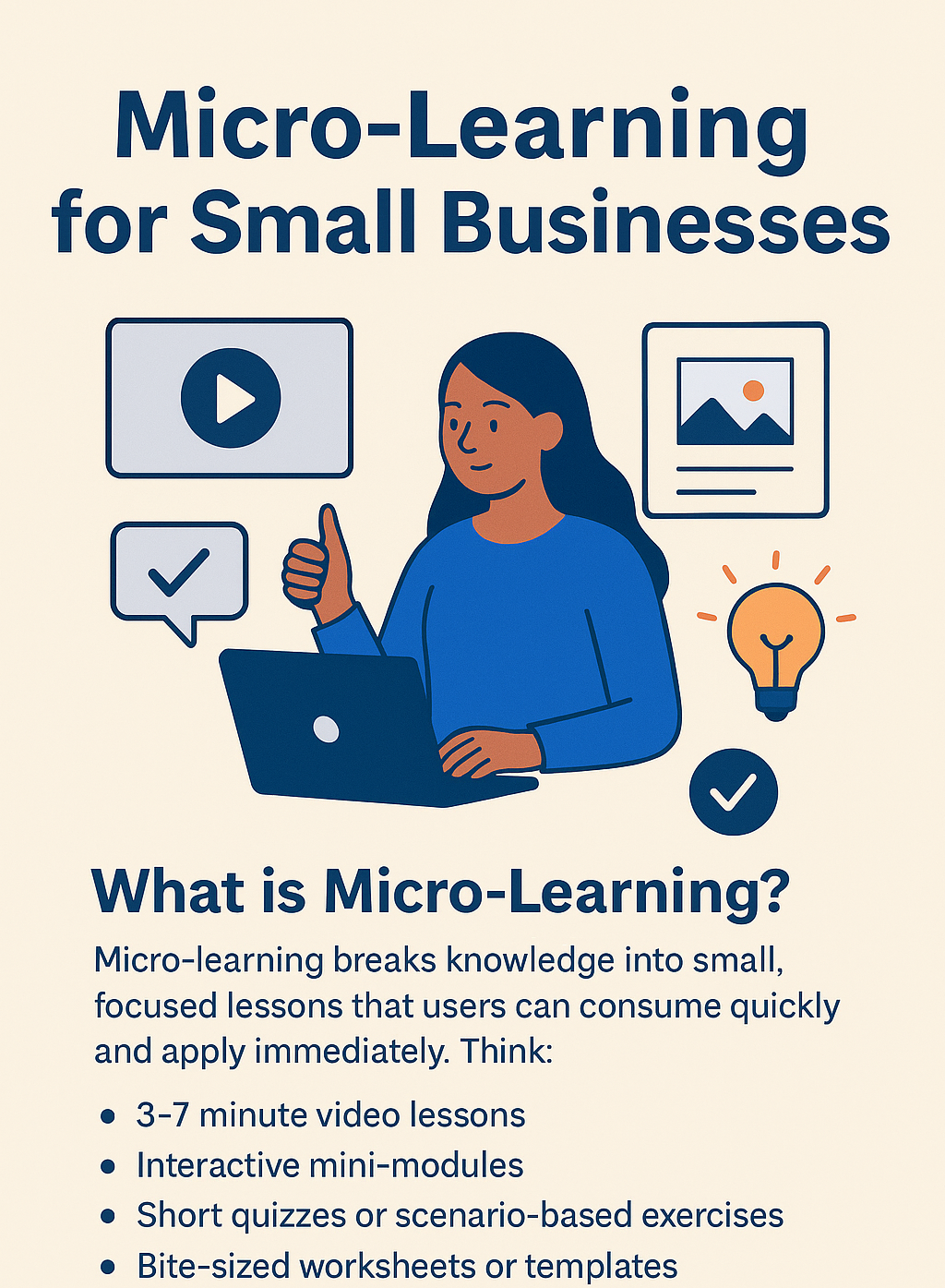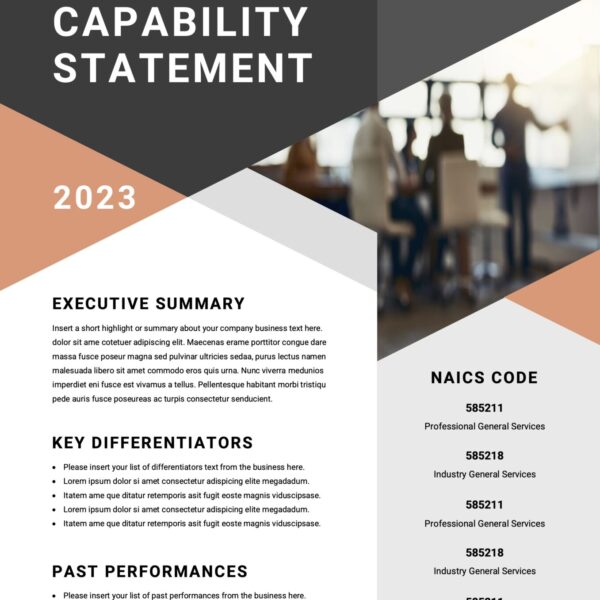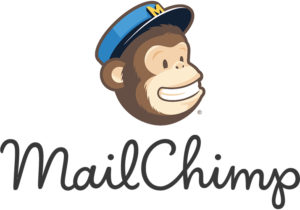Why a One Page Website Could Be the Best Choice for Your Business
Many entrepreneurs believe a full website is necessary to look professional. But in reality, a one-page website can be more effective. By focusing your message on a single, well-designed page, you reduce clutter and improve clarity. A one-page website allows you to:...
The Hidden Costs of Cheap Websites
A $500 website might look like a deal, but cheap web design comes with hidden costs—lost leads, weak SEO, security risks, and expensive rebuilds. Learn what you’re really paying for and why investing in a professional site saves money long-term.

Mobile-First Design Isn’t Optional Anymore: What Your Site Needs to Work on Any Device
Over 60% of web traffic now comes from mobile devices, making mobile-first design essential for every business website. A mobile-first approach ensures your site loads fast, looks great on any screen, and delivers a seamless experience that keeps visitors engaged and improves your Google rankings.

Micro-Learning for Small Businesses: Annual Guide 2025
Micro-learning for small businesses is transforming how companies educate customers and train teams. In a world where attention spans are shrinking and competition for engagement is at an all-time high, the way we teach, train, and share knowledge has to evolve....


